Reza Mohajerpoor
Traffic4cast at NeurIPS 2021 -- Temporal and Spatial Few-Shot Transfer Learning in Gridded Geo-Spatial Processes
Apr 01, 2022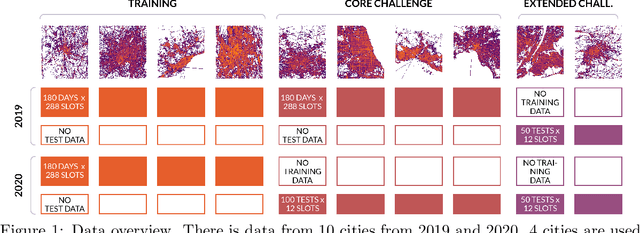
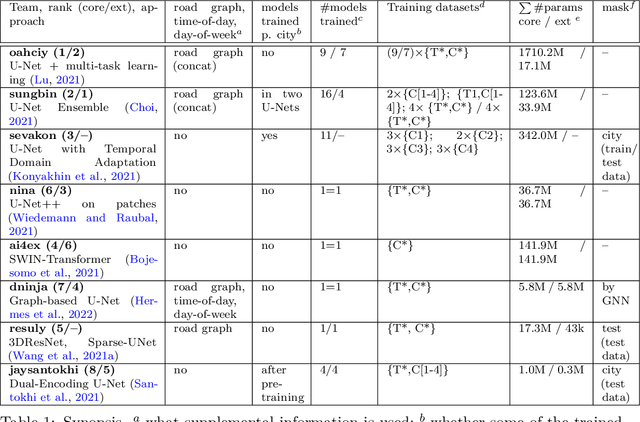


Abstract:The IARAI Traffic4cast competitions at NeurIPS 2019 and 2020 showed that neural networks can successfully predict future traffic conditions 1 hour into the future on simply aggregated GPS probe data in time and space bins. We thus reinterpreted the challenge of forecasting traffic conditions as a movie completion task. U-Nets proved to be the winning architecture, demonstrating an ability to extract relevant features in this complex real-world geo-spatial process. Building on the previous competitions, Traffic4cast 2021 now focuses on the question of model robustness and generalizability across time and space. Moving from one city to an entirely different city, or moving from pre-COVID times to times after COVID hit the world thus introduces a clear domain shift. We thus, for the first time, release data featuring such domain shifts. The competition now covers ten cities over 2 years, providing data compiled from over 10^12 GPS probe data. Winning solutions captured traffic dynamics sufficiently well to even cope with these complex domain shifts. Surprisingly, this seemed to require only the previous 1h traffic dynamic history and static road graph as input.
Traffic4cast -- Large-scale Traffic Prediction using 3DResNet and Sparse-UNet
Nov 10, 2021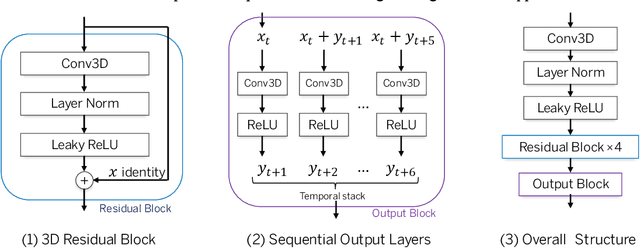
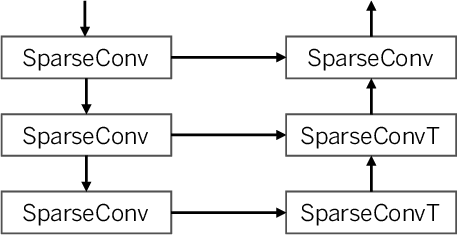
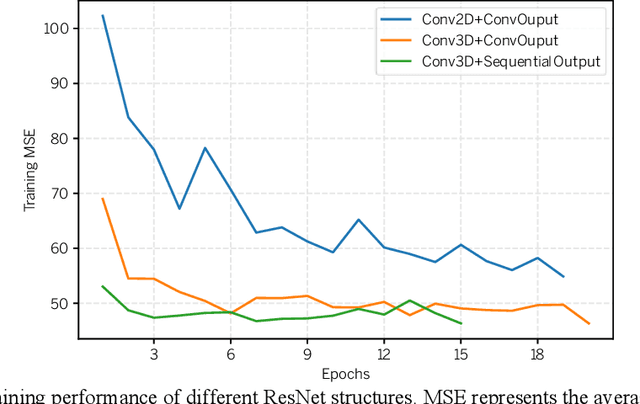

Abstract:The IARAI competition Traffic4cast 2021 aims to predict short-term city-wide high-resolution traffic states given the static and dynamic traffic information obtained previously. The aim is to build a machine learning model for predicting the normalized average traffic speed and flow of the subregions of multiple large-scale cities using historical data points. The model is supposed to be generic, in a way that it can be applied to new cities. By considering spatiotemporal feature learning and modeling efficiency, we explore 3DResNet and Sparse-UNet approaches for the tasks in this competition. The 3DResNet based models use 3D convolution to learn the spatiotemporal features and apply sequential convolutional layers to enhance the temporal relationship of the outputs. The Sparse-UNet model uses sparse convolutions as the backbone for spatiotemporal feature learning. Since the latter algorithm mainly focuses on non-zero data points of the inputs, it dramatically reduces the computation time, while maintaining a competitive accuracy. Our results show that both of the proposed models achieve much better performance than the baseline algorithms. The codes and pretrained models are available at https://github.com/resuly/Traffic4Cast-2021.
 Add to Chrome
Add to Chrome Add to Firefox
Add to Firefox Add to Edge
Add to Edge